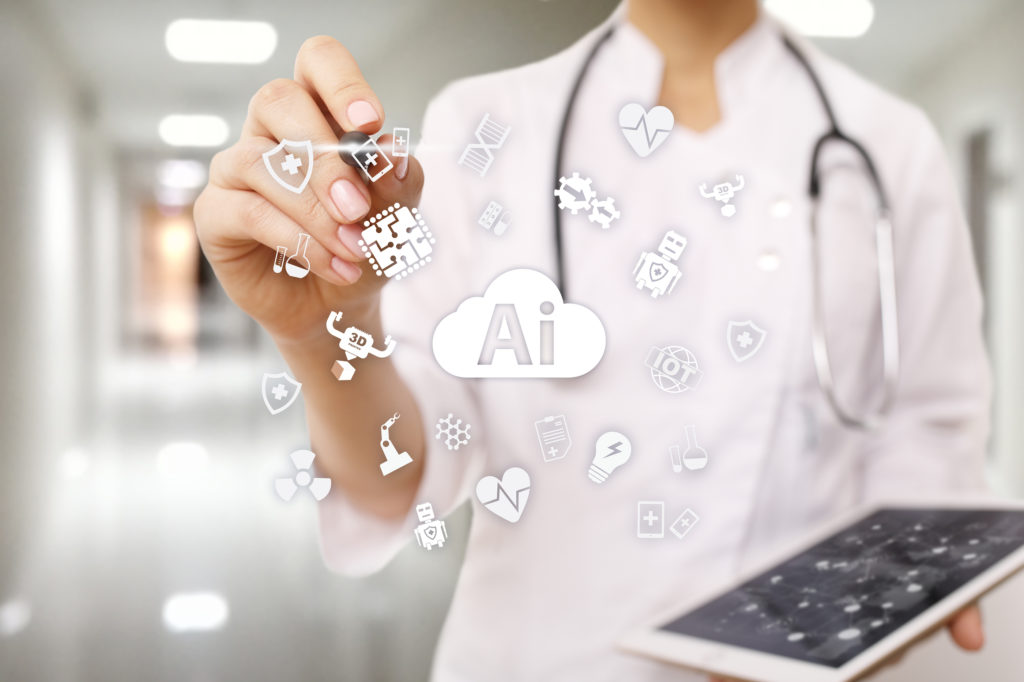
In the healthcare arena, the Internet of Things (IoT) becomes the Internet of Medical Things (IoMT). It’s doing lots of good in the world by improving care and delivering it to more people. Any place becomes a point of care, not just within the four walls of a healthcare facility. This means care is accessible whenever it is needed. But, of course, there are potential risks associated with connected devices in healthcare as well.
The Pros
Wearable technology access allows for real-time data on daily health. This ranges from how active you are to how fast your heart is beating. Technology allows us to have a better understanding of our overall health. It looks pretty good in terms of these four aspects:
Cost savings: People with chronic illnesses like lung disease or cancer often incur high costs associated with continuous medical care. The costs come from rehospitalization, transport, time spent our of work and general support for their disease, as well as suffering a physical toll on the body. Connected technology has the potential to reduce costs and save time for these individuals. IoMT brings care to the patient. They can remotely check-in with doctors, ask questions and perform simple tests on a connected device that shares the data real-time.
Transparency: Connected electronic health records (EHR) can save patients from having to regurgitate information at every new doctor’s office, simplifying visits. Those that have multiple physicians would be able to easily share their health records. Connected devices have the ability to communicate with multiple EHRs stored in the cloud that patients can share. Patients gain better insight into their health information, getting immediate access to doctors notes after a visit. This will increase consumers’ expectations when it comes to the quality of care they receive as the healthcare system become more transparent.
Caregiving: IoMT can be beneficial to anyone that is a caregiver to their parents and growing children.It enables those who don’t live nearby or simply can’t make it to every appointment to still oversee the process. IoMT keeps all parties in the loop.
Compliance: IoMT innovation can also improve compliance. A carer or family member would be able to see when their loved takes a medication, misses a dose, or needs a refill with connected caps on pill bottles. The connected cap would also have the ability to send alerts that notify them, improving the care of the patient.
The Cons
There’s always something for developers to question when exploring new technology. An IoT for All article takes a look at the challenges associated with just ingestibles. Here are just three:
Security: Doctors at University of Minnesota Health and Fairview Health announced they’re treating a small group of cancer patients with digital medicine. It is a new chemotherapy pill that includes a sensor to let patients and doctors monitor dosage to make sure they’re taking their medicine when they’re supposed to. Sounds great, but one of the biggest concerns about IoT is security. Ingesting connected devices, if not properly secured, could have people unknowingly broadcasting their health status everywhere they go.

Privacy: Any connected healthcare devices would be subject to HIPAA standard, naturally, but when it comes to ingestibles there are lots of questions about who owns the device. Is it the manufacturer, doctor, healthcare system, insurance company, or the person whose body it’s in? Could the owner retrieve the device at will, forcing the patient to undergo an unwanted medical procedure? And if the individual owns the data (according to regulations like HIPAA and the GDPR), how would consent work? Can data be erased or deleted from the device remotely, or will it require a medical procedure? What if the device malfunctions? Can it stay in the patient forever, or will that cause harm, and who’s liable for that?
Unintended Use: Concerns about the unintended use of ingestibles are more about potential abuse of power. It’s possible that police departments could give people convicted of drunk driving the choice of losing their license or ingesting a device that would monitor their blood alcohol level – too high and it could alert police and/or disable the car. In the same vein, businesses could start requiring ingestibles as a condition of employment. It can be with the intention of maintaining a drug-free workplace. Parents could make ingestibles a condition of letting their teen get a driver’s license.
IoT Beyond Healthcare
IEEE’s Guide to the Internet of Things explores healthcare and other industries. In this eight-course program, participants learn about the IoT, its applications, challenges, and future opportunities. This program is designed for professionals working in engineering, IT, computer science, and related fields across all industries. Connect with an IEEE Content Specialist and receive a custom quote for your organization today.
Resources
Podnar, Kristina. (25 Feb 2019). How to Protect Yourself from the Siren Song of Healthcare IoT. IoT for All.
Cosgrove, Carrie. (7 Jan 2019). IoT Applications in Consumer Healthcare. IoT for All.


IoT is a great thing. Nowadays we can find as much information as we want because of the blessings of the Internet. It has become a habit of people whatever happens they first check that and compares it with the information on the Internet. IoMT (Internet of medical things) sounds interesting. I am glad that I have found this article.
IoT is the future of the healthcare industry. IoT in healthcare is a new trend and it makes the process simple to track and check a patient’s health record.
The challenges with cybersecurity are actual for any type of medical software as there is a huge risk of losing private health information when transferring it from wearables to medical centers. This security point and HIPAA compliance should be considered when developing a medical solution and connecting it with other systems with the medical IoT.
The Internet of Things is a very near and visible future. My opinion is that benefits exceed our expectations, but also potential risks.
Hi all! Thanks to the author for a great article. I am sure that despite the existing disadvantages of digitalization of many processes the pluses we get are much more important. In such an important field as health care, safety comes first, because people can be affected by technical malfunctions in some devices. In any case, once the safety issues are solved, I don’t see any disadvantages in the digitalization of this field.